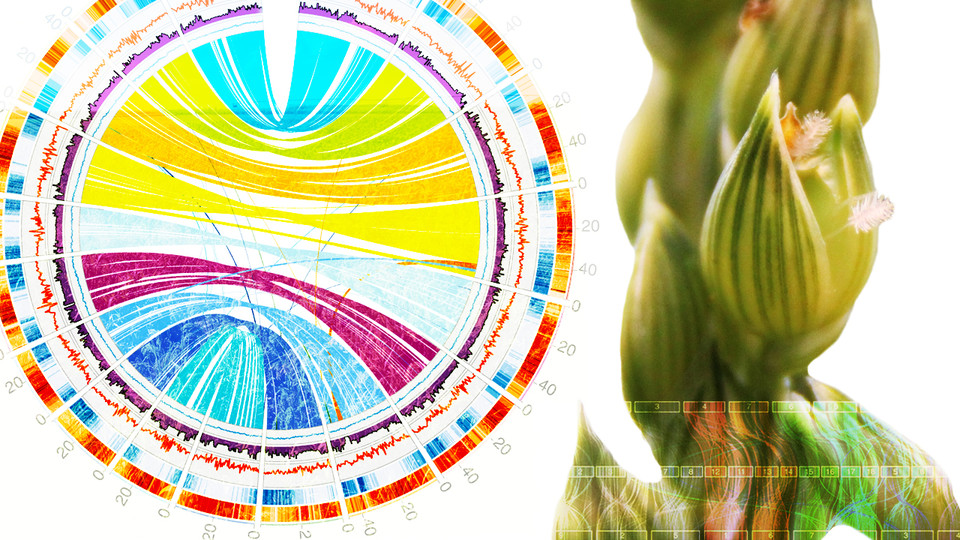Sequenced genome of ancient crop could raise yields: Insights may expand farming options, add economic value in Nebraska Panhandle

March 4th, 2019
Humanity has finally gotten to know one of its oldest, hardiest crops on a genetic level.
An international team has sequenced and mapped the genome of proso millet – a feat essential to raising yields of the drought-resistant crop in the Nebraska Panhandle and semiarid regions where population booms foreshadow food shortages.
Because millets can grow amid infertile soils and yield food with less water than any other grain, several of them have become popular among subsistence farmers in ever-hotter, drier swaths of Africa and Asia. But the relatively low yields of the crops, combined with traits that make them difficult to harvest, have limited their viability as a food, feed or fuel staple.
To inform future breeding and genetic modification efforts, Nebraska’s James Schnable and his colleagues recently sequenced more than 90 percent of the genetic code in proso millet, a species grown mostly in the American Great Plains, northern China and parts of Europe.
For full news story click here
Story by Scott Schrage | University Communication
